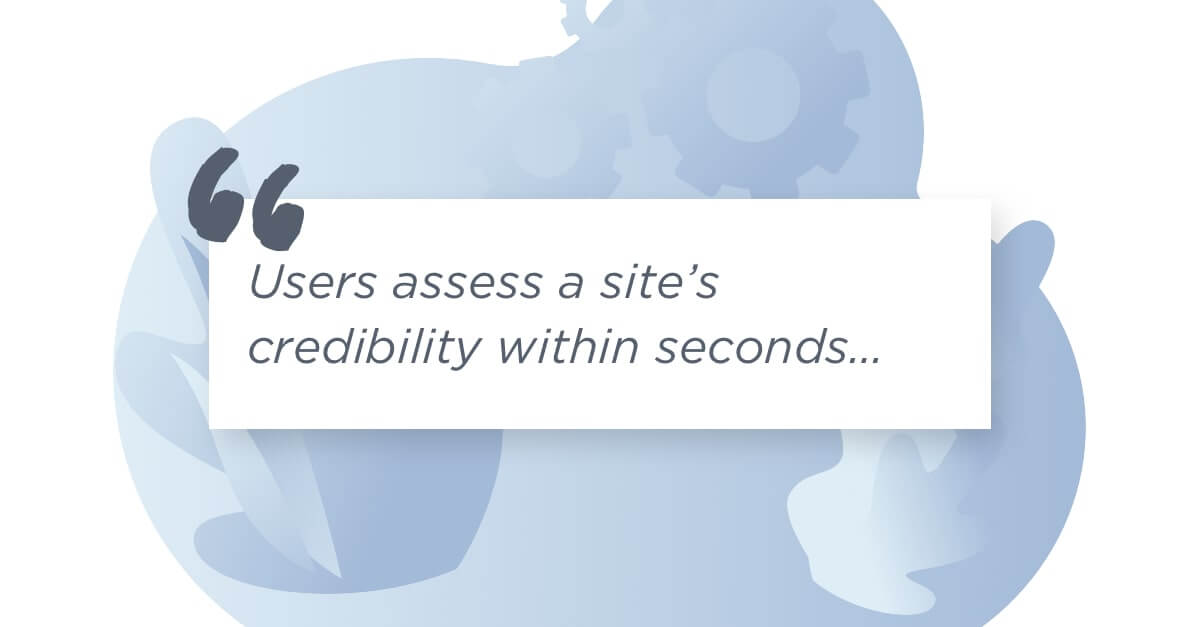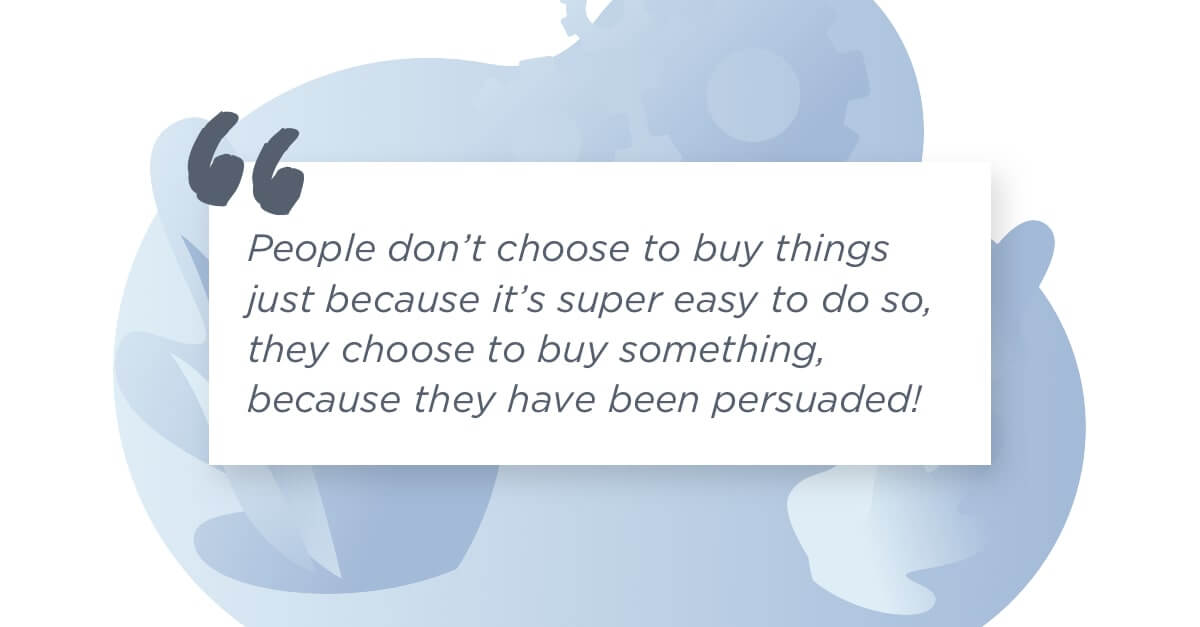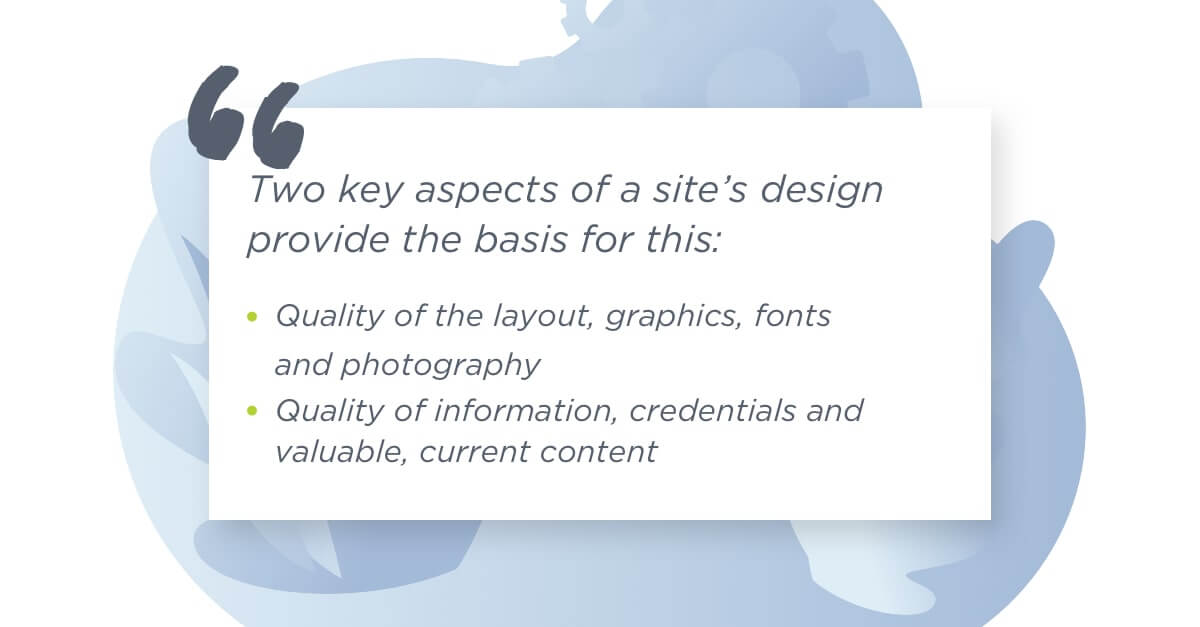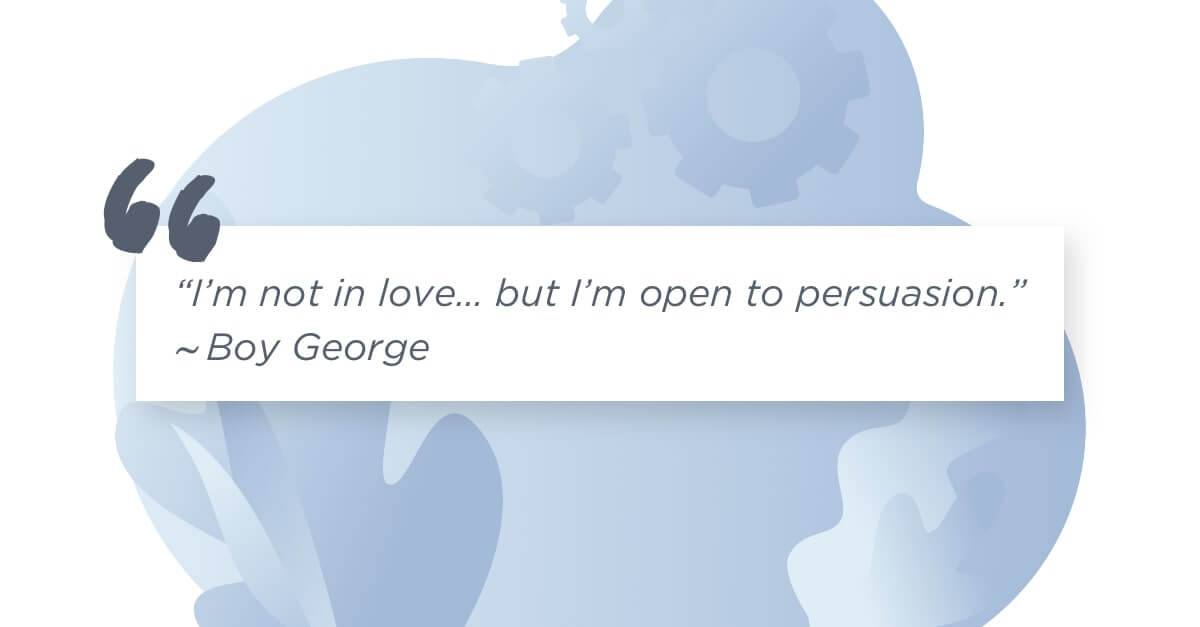Website UX + PET, The True Art of Design
“I’m not in love… but I’m open to persuasion.”
– Boy George
Certainly, design is an art in and of itself, but when it comes to marketing, advertising and website development, there is design that works and then there is design that changes everything.
At Kinetic, we know this profoundly and that is why we specifically offer expertise and services in UX (User Experience) design and integrate such principles into all of our websites. But we didn’t stop there. We knew we had to step into the world that intersects user experience and emotional and persuasive design. In fact, our team now boasts in-house certification in this next wave of UX.
Usability is Just Not Enough
Of course, it’s crucial to have a website that is easy to understand, navigate and interact with. Just because people can do something does not guarantee that they will — they must be motivated and persuaded to stop “just thinking about it” and decide to go for it.
 Designing for Persuasion, Emotion and Trust, or PET Design™
Designing for Persuasion, Emotion and Trust, or PET Design™
Here’s the thing… there are proven techniques, firmly based in research and social psychology, that get users to stop browsing aimlessly and take real action.
- Trust techniques establish credibility by providing assurances and removing risk.
- Emotion is a prime determinant of the sense of subjective well-being. Emotion-based techniques are about eliciting a desired emotional response during a process.
- And the last one, Persuasion techniques, trigger an action. These techniques relate to the mechanics.
Human Factors International
As mentioned above, we’ve recognized that while usability is still important, it is no longer the key differentiator it once was. The future of great web design is about creating engagement and commitment in a way that clearly impacts business results and measurable goals. Whether a website is e-commerce, informational or transactional, by leveraging the science of persuasion and designing specifically to optimize the elements of persuasion, emotion and trust, we can systematically influence online behaviors.
Persuasive Design
We design not only for what visitors can do on a site, we design to influence what customers will do. Remember, people don’t choose to buy things just because it’s super easy to do so; they choose to buy something because they have been persuaded! Follow the steps below to learn some great tips and insights so that you, too(!), can start integrating PET principles into your marketing collateral.
 Step 1
Step 1
Establish Trust
Once a customer has entered a website, we must create a sense of trust, or there will be no transaction. Users assess a site’s credibility within seconds, then also make a longer-term evaluation of its trustworthiness. Two key aspects of a site’s design provide the basis for this:
- Quality of the layout, graphics, fonts and photography
- Quality of information, credentials and valuable, current content
Step 2
Find their “Why” and understand their “Why not”
Because persuasive design is fundamentally more qualitative and subtle than just what your website looks like and the quality of its content, it requires examining how your potential customers feel about buying a particular product or engaging your services and whether your website motivates them to interact with you. You have to go beyond having a relevant, beautiful website.
At Kinetic, we also specialize in primary research and facilitate one-on-one interviews to probe the depths of customers’ drives, uncover their deep beliefs and feelings and understand the challenges that keep them from taking particular actions. But we also encourage our clients to talk directly with their customers (whether through informal conversations, requesting reviews or sending out surveys) and keep a pulse on how well they are doing in meeting their needs.
Once you gain this understanding, you’ll see it’s less about what you do and more about how they feel about you and your services or products. This can be powerful when compared to your current writing and design.
 Step 3
Step 3
Embrace the Emotion
The truth is, that often the thinking that really drives our choices is far more emotional rather than logical or linear.
Persuasive design means you must clearly define your website’s purpose — and its persuasion objectives. For example, with e-commerce sites, you want to inspire your customers’ trust, engage them and persuade them to buy your products or services. For non-profits, you want people to support your causes with donations and support.
For Kinetic, it’s only after identifying such persuasion objectives and articulating them precisely that we can choose the appropriate PET design techniques. These are too complex to dive into here, but they are based on things like the principles of social pressure, scarcity or contrast. And while becoming certified in PET design is in depth, requires a ton of work, time and, yes, studying for a huge exam… persuasive design can actually be easier to implement than classic usability.
Persuasion-oriented goals and design elements are often minimal in many ways when compared to classic usability goals like making every error message on an enterprise site intelligible. Yet the strategies behind persuasive design are not trivial, they too require a deep understanding of users’ online behavior — and they can be transformational.
While this blog is meant to brag on our own internal accomplishments (just a little), it is also meant to give you an overview and a place to start. If you’re interested in learning more, reach out to our resident expert, Partner and Strategic Director, Kelsea Schreiner!





